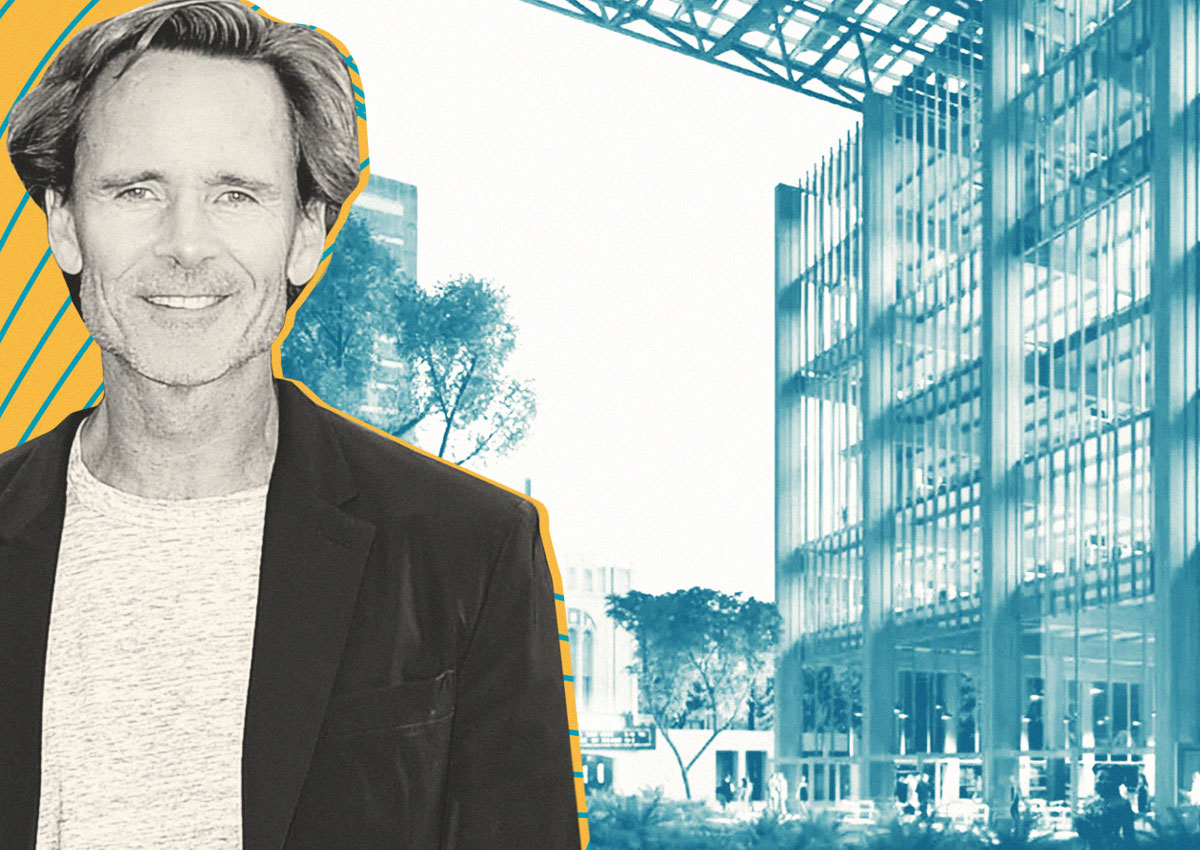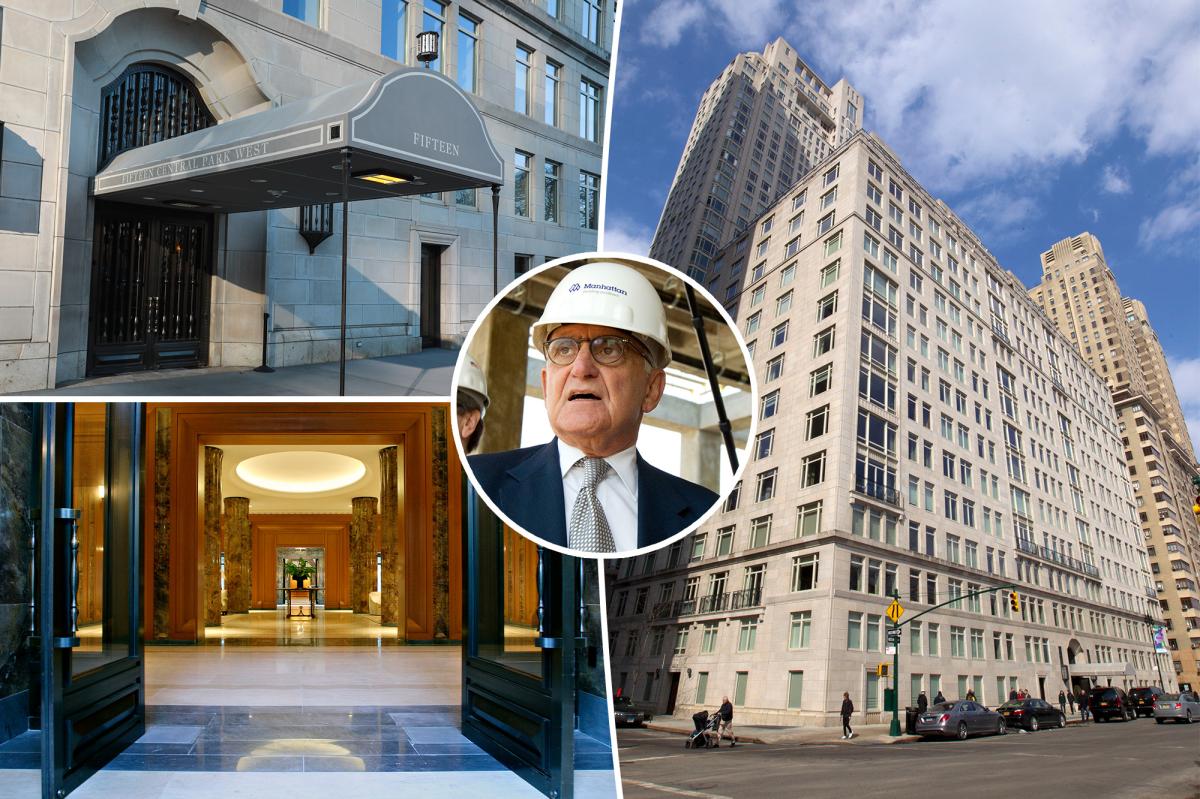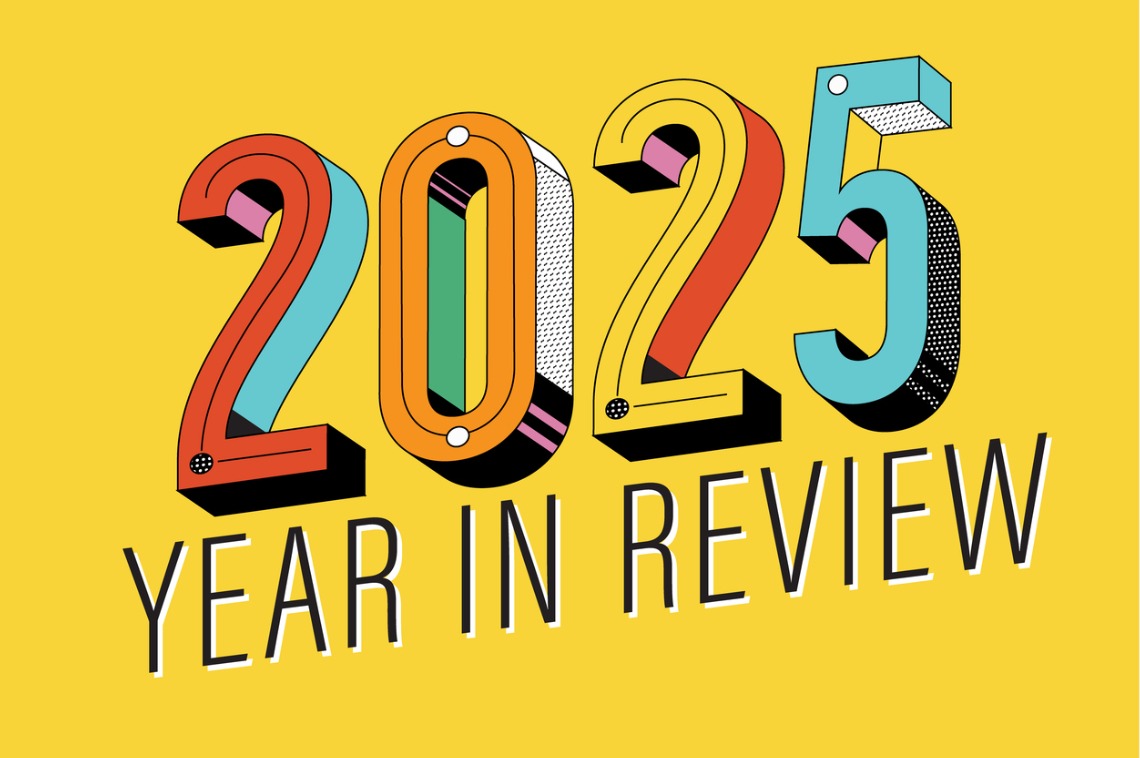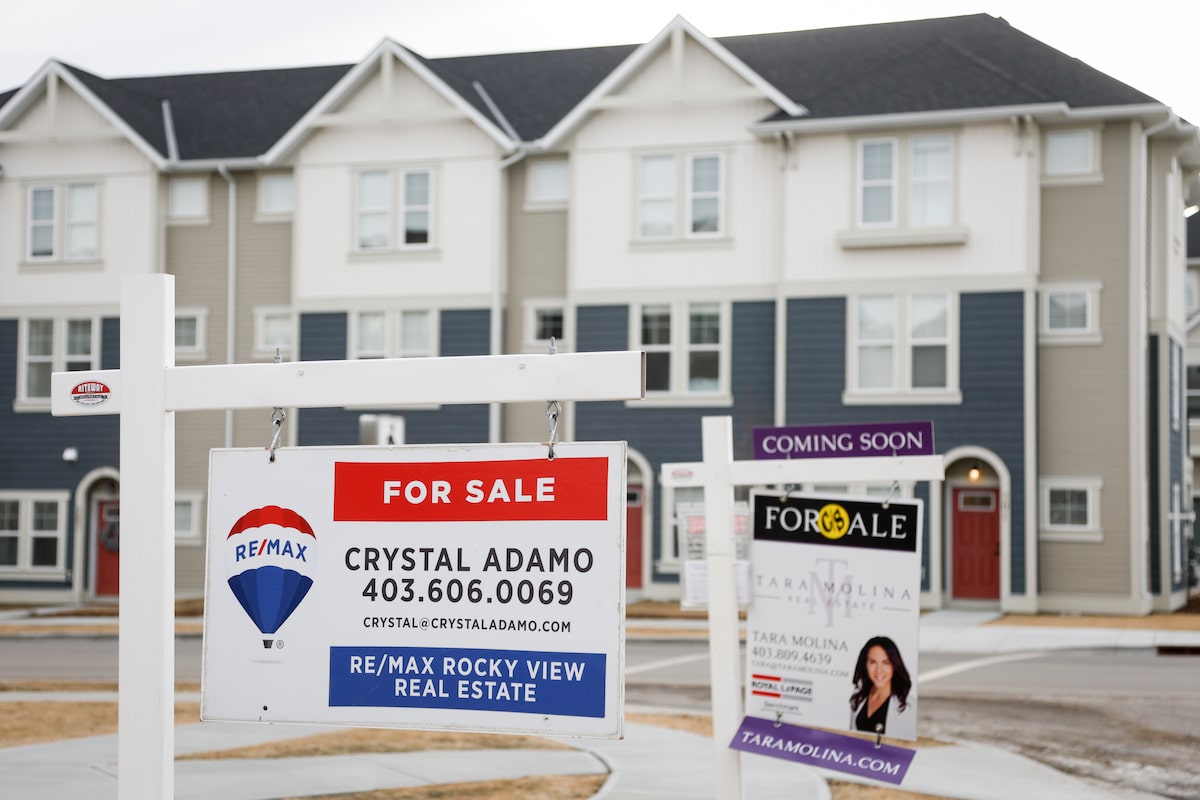W
estbank, a Canada-based developer, has revised its plans for Downtown San Jose, replacing a proposal to build two 10-story towers with over 1 million square feet of offices and shops at the Valley Title site with a new plan to construct three highrises with 1,147 homes near South First and East San Carlos streets. The developer is not clear if Urban Community is still involved in the project or whether they plan apartments or for-sale condos. This change reflects a broader trend of developers pivoting from offices to homes due to a surge in remote work during the pandemic, which led to a significant increase in vacancy rates in Downtown San Jose.
Westbank, led by Ian Gillespie, has been actively involved in large projects in Downtown San Jose, with a focus on residential developments. They have been joined by local allies such as Urban Community, led by Gary Dillabough and Jeff Arrillaga, and Terrascape Ventures, led by Tony Arreola and Mark Lazzarini.
In August, Westbank traded an approved plan for a 14-story office building for an 18-story residential tower at 255 West Julian Street. They also drew revised plans to build a 21-story tower with 768 apartments at 35 South Second Street, replacing a previous proposal for a 750,000-square-foot tower with 194 apartments and 368,000 square feet of offices.
Westbank, Urban Community, and Terrascape Ventures were poised to get final approval for a 17-story, 345-unit apartment highrise at 23 Terraine Street in San Jose’s North San Pedro area. They also began converting the century-old, 13-story Bank of Italy building into as many as 150 units at 12 South First Street, a Mediterranean Revival and Beaux-Arts landmark designed by Henry Minton and built in 1926 for the Bank of Italy, the forerunner of Bank of America.
The shift towards residential developments reflects a broader trend of developers pivoting from offices to homes due to a surge in remote work during the pandemic, which led to a significant increase in vacancy rates in Downtown San Jose.















